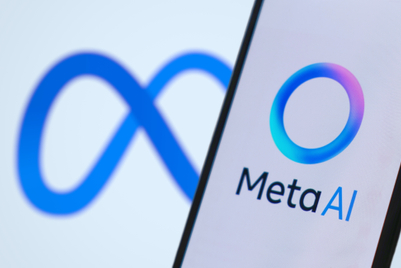Levi's tested the weather-aware format in the beta phase, serving four different visuals based on data from the Hong Kong Observatory.
The company's three new HTML5 in-app ad formats are:
-
ActiVoice: Uses natural human speech to enable voice commands by users. Similar to Google's Now, Apple's Siri, and Baidu's Duer but without artificial intelligence involved.
-
VRical: Enables advertisers to showcase their product through the use of 360-degree panoramic photos. Similar to a virtual-reality simulation. Good for property and automotive advertisers.
-
Real Time Weather: Displays a variety of ads based on the current temperature, UV Index and weather conditions. Similar to Moji Weather in China, also using real-time forecasts to target ads.
 Levi's showed different styles based on current temperatures
Levi's showed different styles based on current temperatures
“When it came time to develop a new set of mobile creative modules, it came naturally to us that speech, weather and panoramic view should be it," Huang said. "It is a phone after all, and users have naturally performed these actions on their phones at one time or another."
Karen Thong, head of digital at PHD Hong Kong, added that having user engagement and taking advantage of native phone functions will be the key measures of success.
The three formats bring Pixels' lineup to a total of 19, called the RM5 (Rich Media 5) suite. To encourage advertisers to adopt mobile advertising more rapidly, Pixels will be offering the formats to clients at $0 production cost with a fast turnaround time of five working days or less.
The formats are only available on local mobile apps (represented by Pixels) including Mingpao, Now.com, Qian Xun Ying Shi, DayDayCook, The Stand News, Post852, WhatsCap, Cityline and Broadway Ticketing.
Concurrently, Pixels has also launched its own mobile ad network, consisting of inventory from more than 50 mobile apps and sites that will have monthly data made public to all users starting with October 2015.
In Hong Kong, mobile advertising only accounts for 3 per cent of adspend but is growing rapidly, according to ad monitoring firm AdMango, led by advertisers in cosmetics and skincare.





.jpg&h=334&w=500&q=100&v=20250320&c=1)





+(900+x+600+px)+(3).png&h=334&w=500&q=100&v=20250320&c=1)
.jpg&h=334&w=500&q=100&v=20250320&c=1)

.jpg&h=268&w=401&q=100&v=20250320&c=1)


+Effie+HK+00.JPG&h=268&w=401&q=100&v=20250320&c=1)
.png&h=268&w=401&q=100&v=20250320&c=1)
.jpg&h=268&w=401&q=100&v=20250320&c=1)
.png&h=268&w=401&q=100&v=20250320&c=1)
